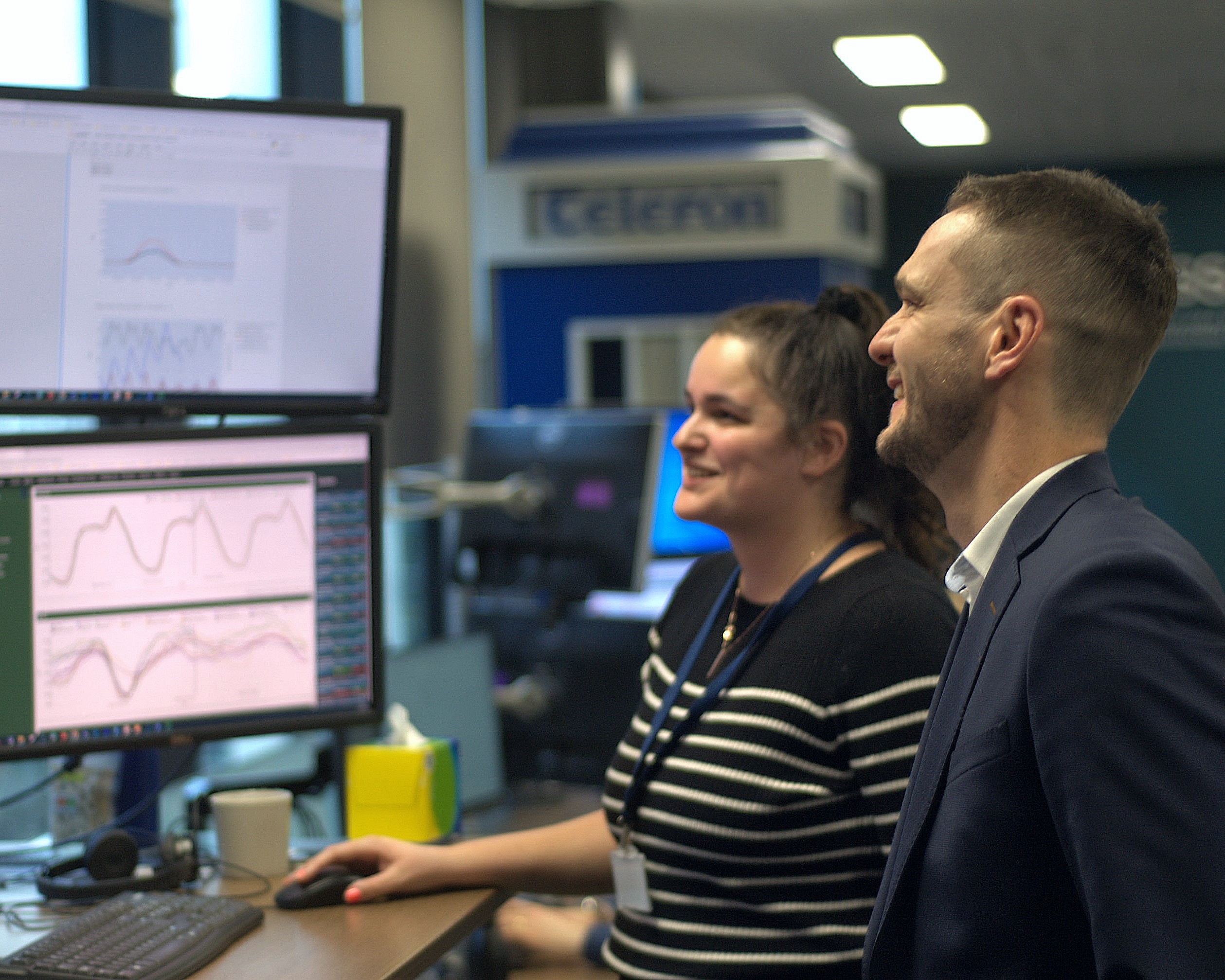Faced with a wall of computer screens, Tara Desai has an eye on weather forecasts in Ireland, Britain and Japan as well as instant trades across Europe’s electricity markets. She knows that high wind will boost supply, and cold weather will increase demand. She has just given a client’s battery storage unit in Co Meath an instruction to charge off cheap renewable power, planning to release it to the grid at peak time later. She’s also looking back on data from December, when a power plant tripped and prices spiked. Desai is ready to respond with client capacity if a…
Cancel at any time. Are you already a member? Log in here.
Want to continue reading?
Introductory offer: Sign up today and pay €200 for an annual membership, a saving of €50.

